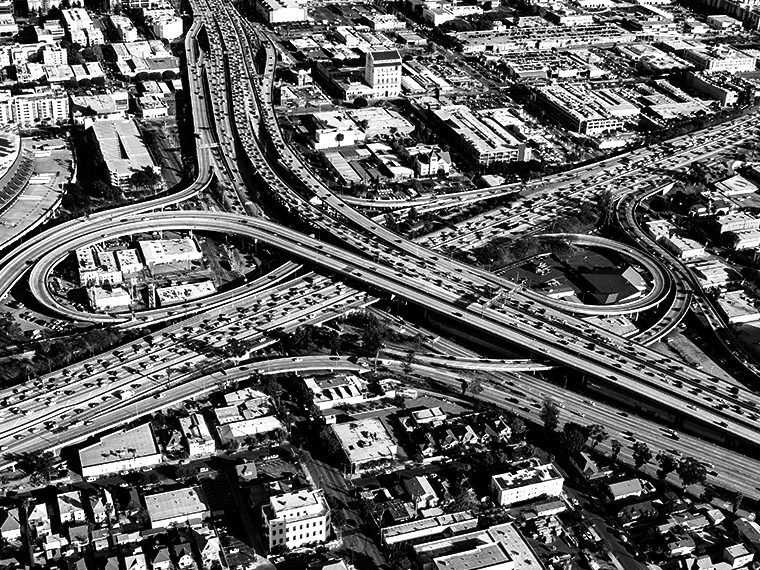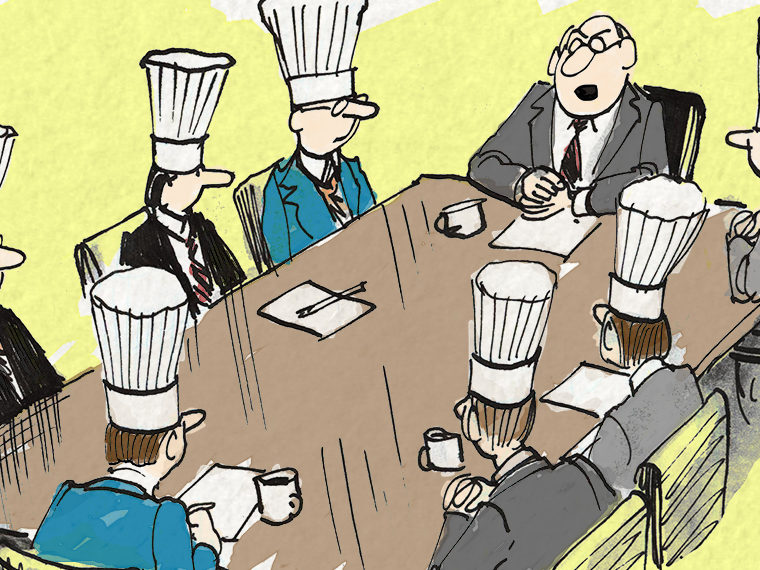In an election year, that’s bad news for organizations like the American Red Cross
Political advertising for the 2020 U.S. election cycle could hit $20 billion, and the candidates’ operations will require billions more in funds, most of it coming in the form of donations.
That’s likely bad news for charitable organizations.
In a working paper, researchers explain that exposure to political advertising on television increases individuals’ political donations. And there’s a bit of a budgetary tug-of-war in our level of political donations and charitable donations. The more we give to one, the less we give to the other. Given the anticipated tsunami of 2020 political advertising, charitable giving could be on the losing end this year.
Opt In to the Review Monthly Email Update.
Maria Petrova of the Barcelona Institute of Political Economy and Governance, UCLA Anderson’s Ricardo Perez-Truglia, Michigan State University’s Andrei Simonov, and the University of Pennsylvania’s Pinar Yildirim studied donation patterns between 2006 and 2011, using donations to the American Red Cross as a proxy for charitable giving.
A metro-level dissection of Nielsen television-consumption data established that political advertising does indeed drive political contributions. Based on Federal Election Commission data, the researchers found that political contributions increased 9.2% when a metro area was awash in political ads and, during that television onslaught, charitable contributions dropped nearly 1%.
While that could be a drain on charitable giving in 2020, the researchers found that the dynamic is even more pronounced in reverse; when we are motivated to give to charity, there’s an even more pronounced decline in political giving.
The researchers tracked donations to the American Red Cross in the six weeks after major international disasters and compared it to political contributions made in the same time period.
In the weeks following a major foreign natural disaster (defined as resulting in at least 300 deaths), donations to the American Red Cross spiked an average of 28.4%. Political donations fell an average of 3.75% during that period of increased charitable giving. The authors checked other consumer spending categories and found no changes during this time period, suggesting that there is a unique relationship between political giving and charitable giving.
One possible explanation for the crowd-out effect in the two forms of donations is that they occupy the same “giving” place in our mental accounting. The authors posit that their research also suggests that political donations can be motivated by the same “warm glow” (helping society) that is a common attribute of charitable donations.
“A shock to the ‘emotional attachment’ to a specific cause (such as a natural disaster or a political ad) leads individuals to make a larger donation to this cause and a smaller donation to the alternative cause,” they write.
Featured Faculty
-
Ricardo Perez-Truglia
Professor of Economics; Justice Elwood Lui Endowed Term Chair in Management
About the Research
Petrova, M., Perez-Truglia, R., Simonov, A., & Yildirim, P. (2020). Are political and charitable giving substitutes? Evidence from the United States.






